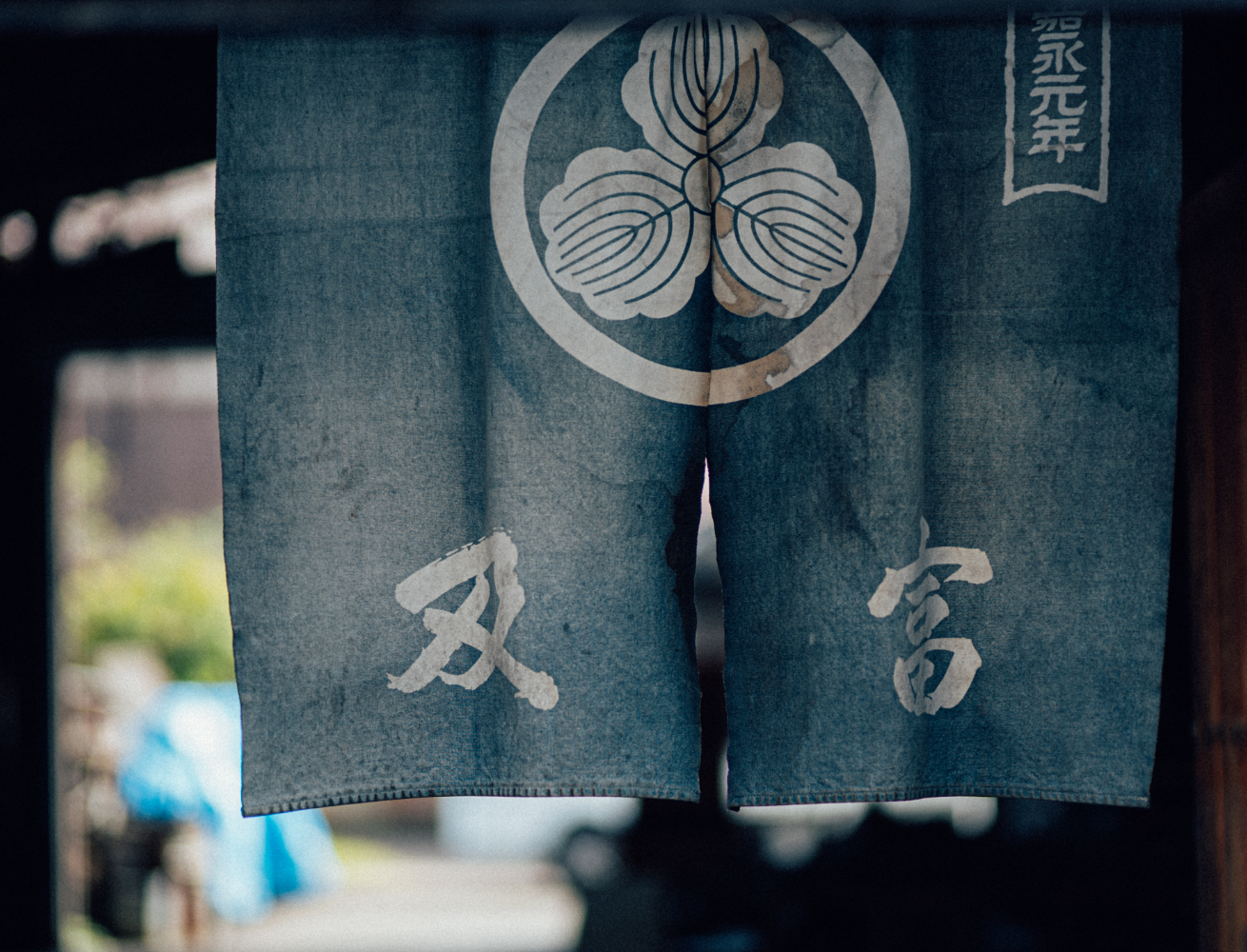
Notice of Year-End and New Year Holiday Closure 2025-2026
Thank you for your continued patronage. Please be advised of our year-end and New Year holiday closure schedule below.2025/12/28-2026/01/04During t...
Read more


 Skip to content
Skip to content
Nambu ironware finds its roots in the mid-17th century, emerging alongside the Nambu samurai clan's rule over northern Iwate Prefecture. The Nambu clan invited adept foundry artisans from Kyoto and beyond to shape intricate pieces such as Buddhist altars and tea kettles. Our own legacy, named Oitomi, was established in 1848. As a united collective of skilled craftsmen, our unwavering focus has centered on the art of creating Nambu ironware. With a history spanning over 170 years, we've diligently safeguarded and passed down our exceptional skills and revered customs, ensuring their seamless continuation into the contemporary era.

Nambu iron kettle, a typical example of Nambu ironware products, was originally a tea kettle used for tea ceremonies. This was created by improving a large tea kettle by making it smaller and adding a spout and handle so that it could be used to pour hot water with one hand. The traditional design of iron kettle, even today, has much in common with a tea ceremony kettle made 400 years ago.
Our teapots come in two types: the iron kettke-cum-teapot (2-way) type, which can be used as a teapot by attaching a tea strainer to the kettle that can boil water over an open flame or induction heater, and the teapot-only type, which is made just for pouring tea on a tabletop.
In Japan, a tabletop clay pot called donabe has been used for a long time. The traditional pot is versatile enough to be used for baking, steaming, boiling, frying, and many other dishes. Our iron pot was inspired by the pot which has the lid less prone to boil over, and was designed to be light and enjoyable to cook for about two people.
Nambu ironware products are not limited to iron kettles. We also offer a variety of iron accessories such as trivet mats, and art works.